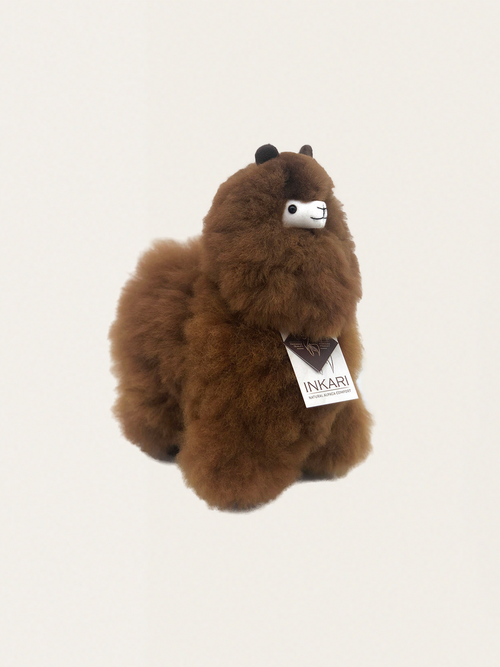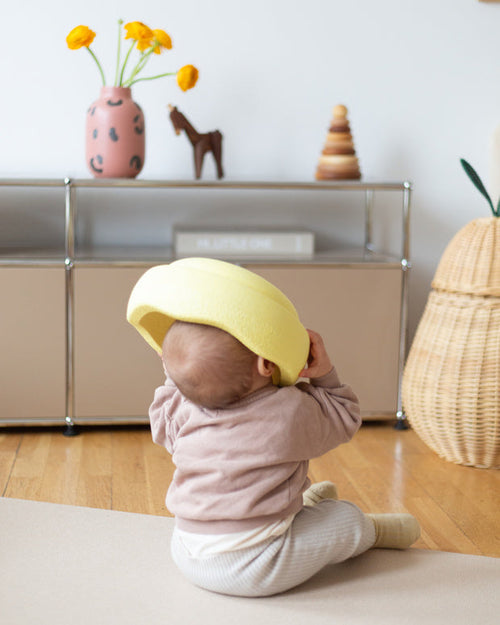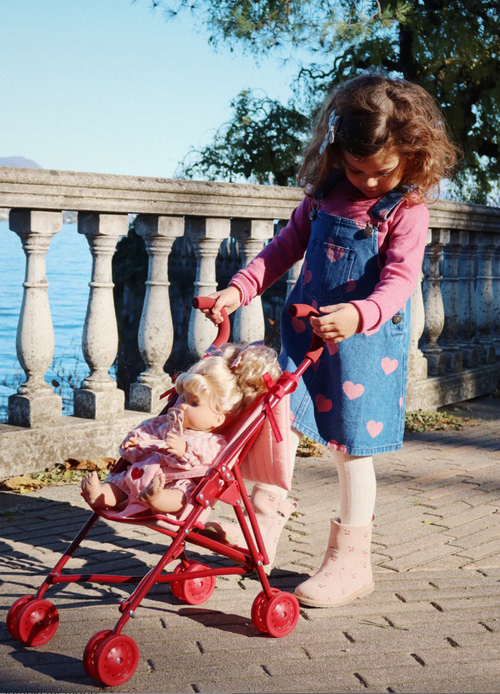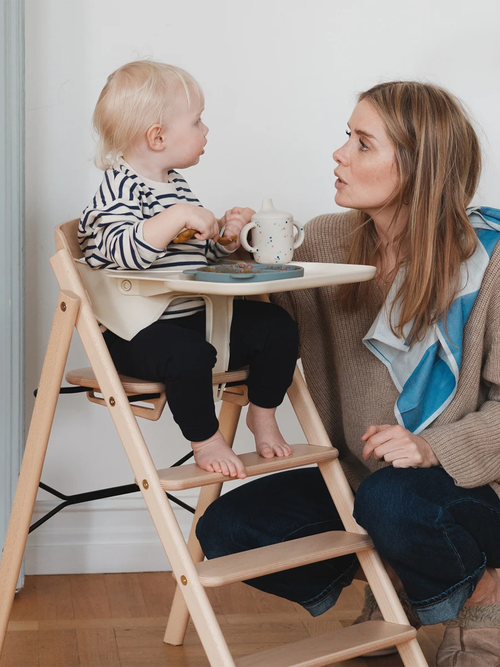When does a baby start crawling? There's no specific answer to this question. Some babies begin their first attempts as early as 6 months of age, while others don't start until 10. Therefore, it's a very individual matter and depends, among other things, on the baby's muscle strength. Some babies don't crawl at all, but start walking right away.
In the first stage of crawling, the baby begins to crawl on its tummy, facilitated by dynamic arm movements. Next, the first attempts are made to lift its head and trunk. To do this, the infant pulls its legs under itself and tries to support itself on its knees. The stronger the skeletal muscles, the faster the progress. This entire mechanism is dictated by a natural curiosity about the world and the desire to explore its surroundings. After the crawling stage, it's time to assume the "all-fours" position.
In our Kokosek store you will find clothing designed with crawling babies in mind.
Crawling supports brain development
The process of crawling not only precedes walking but also promotes proper functioning of the central nervous system and better synchronization between the left and right hemispheres of the brain. This ensures proper development of the child and facilitates the acquisition of new skills in the future. Furthermore, crawling strengthens the spine, teaches balance, and promotes better eye-hand coordination.
Safety while crawling
To ensure your baby is comfortable while crawling, it is worth equipping it with, among others:
Abnormalities that parents should pay particular attention to include clenching fists, holding the head crooked, and always rolling to the same side. These may indicate abnormal muscle tone.
It is important to secure furniture with special bolts, install barriers on stairs, or insert protective plugs into sockets.
How to encourage your toddler to crawl?
A child's development, including crawling, can be supported. However, this should be done safely and sensibly. You can support your child's efforts by placing them on their tummy on a mat and placing a toy within their sight. This will force them to crawl toward it. Another good idea is to perform simple exercises called alternating movements. To do this, gently touch the child's left leg with your right hand and vice versa. Another solution is to use special rollers or pillows that strengthen the muscles.
Remember, however, not to force your little one to exercise. If they resist or seem dissatisfied, let them go. Your child will sense when they're ready for both crawling and, in the long run, walking.











